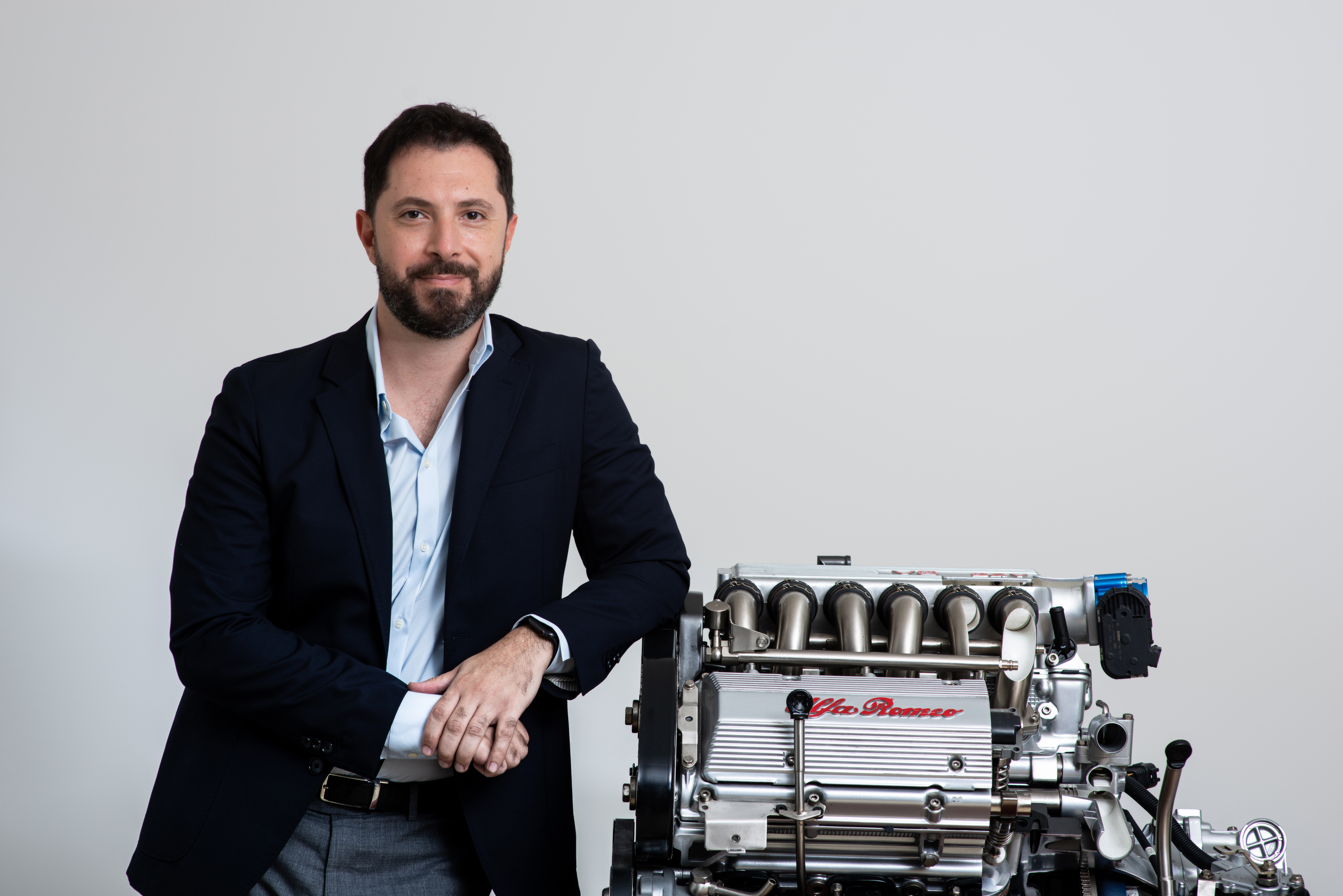
Consumers expect a lot from their vehicles. Far more than just a form of transportation, they can be a status symbol or a tool for sports or leisure. They can act as hubs of entertainment and connectivity that help us manage busy lives, or even relax after a long day.
Furthermore, during the onset of the pandemic, as limits were put on our lives by lockdowns and curfews, just going out for a drive became our way of escaping reality and breaking out of the confines of the house.
The way we use our vehicles, and what we expect from mobility companies, keeps changing. This means, the entire mobility industry is poised for continuous disruption, especially the shift to electrification becomes rapid and total.
This trend might effectively reset some brands that are late to the game to almost ‘zero’, through a new set of measures for brand equity.
As with any major disruption, this presents challenges, but also vast opportunities. Opportunities to step back and reassess how we engage with our audiences, and measure brand KPIs to ensure we’re on the right path.
This conversation is by no means new, as the way we measure success has continued to evolve over time.
In the days of old, the effectiveness of marketing was simply a point of view. Then, a decade ago, the industry shifted to KPIs measuring clicks, traffic and conversions. As the power of data became more apparent, we started using data and predictive marketing to analyse people’s behaviours, sentiments, and emotional connections with the brands.
As we navigate this new age of mobility, using just one way to measure results is not sufficient.
This is why my team now has a mix of objectives that are both variable and set.
The set objectives measure the reaction of the in-market audience who are actively researching our product or segment, their feedback on the customer journey from online to offline and vice versa, and their reaction to tailored content that we’ve created. These are measured by the usual conversion metrics.
The variable goals and KPIs are set around the type and quality of content and experiences we create. We will no longer create content that oversaturates people with messages. And, if it isn’t highly engaging and relevant, we simply won’t do it.
What this means in practice, is that we focus on creating campaigns with a relevant and compelling message that can be adapted to various audiences depending on their needs, knowledge, and level of interest. It means creating an emotional connection with our audiences, irrespective of whether they know and love our brands, currently prefer a competitor product or aren’t even in the market for a car.
This is vital for marketers, as we increasingly compete for the attention of the consumer against self-proclaimed content generators with infinite access to creative resources through new social media platforms.
At the same time, our budgets have not changed in any significant way. We have however restructured them between fixed and variable. The fixed part is a bottom-up approach, focusing on the fundamentals that are needed to drive sales.
The variable involves a state of constant pitch for all marketing teams to do things differently and lift the brands. This way we challenge them, and only award funding for ideas that are disruptive and unique.
In this ever-evolving world of data, insights and consumer sentiment, marketers should be guided by two thoughts: What is the game? And how are we going to win?
Perhaps, in order to win, we should just refocus on what constitutes compelling, engaging content, and build our story from there.









